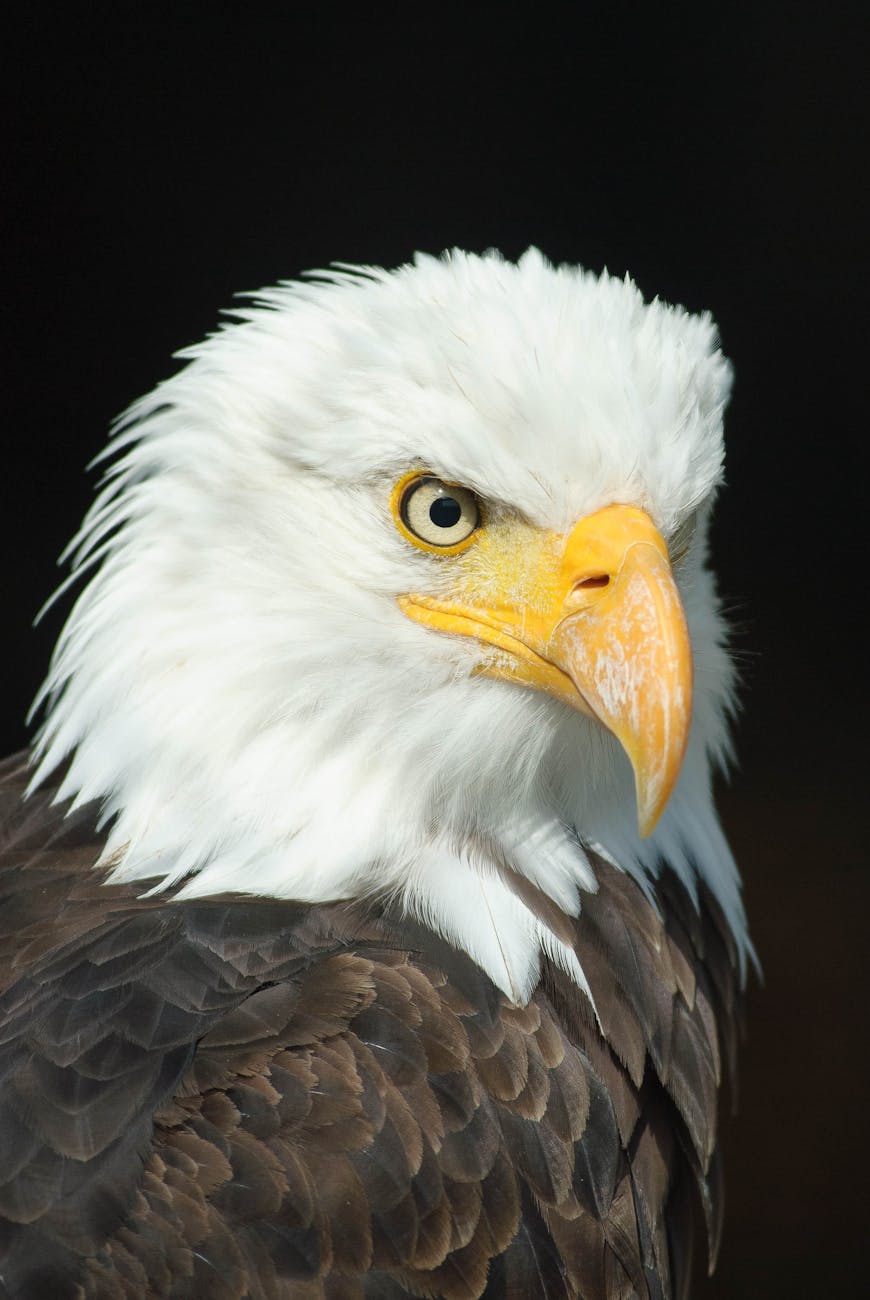Matthew 6:26: “Behold the fowls of the air.”
Behold the fowls of the air, Jesus said in Matthew 6:26. This vivid imagery from Christ himself directs us to consider the simple beauty and lessons embedded in nature, particularly among the birds. As we navigate through the silent, wintry forests, stripped of their usual summer melodies, we are reminded of the contrast between the stillness now and the vibrant symphony that will return. The Bible, however, presents birds in all seasons, utilizing them for moral and religious instruction throughout its text. Christ’s words during the Sermon on the Mount, perhaps inspired by a flock of birds flying past, invite us to observe these creatures and learn from them.
Studying the habits, colors, and behaviors of birds is not merely an option but a divine command. From a young age, I have been captivated by the songs of birds, their intricate nests, and their almost human-like characteristics. Birds exhibit emotions, relationships, and social behaviors, making them relatable and fascinating. This connection to nature enriches our understanding of God’s creation and His attention to detail and care.
Understanding the Bible often requires a study of natural history. The Scriptures make nearly six hundred references to natural phenomena, with over forty species of birds mentioned. In Palestine, the diverse avian population offered abundant material for biblical writers. From doves and robins to eagles and ravens, each bird species brought unique characteristics that illuminated divine truths.
For example, the dove, a symbol of peace and the Holy Spirit, plays a significant role in Noah’s story. Noah sends out a dove to find dry land after the flood, and its eventual return with an olive leaf signals the receding waters and God’s promise of restoration. This narrative highlights how God uses even the smallest creatures to communicate His plans and reassurances to humanity.
Similarly, various birds appear throughout the Bible to teach us about trust, providence, and God’s care. David, fleeing from Saul, likens himself to a desert partridge, emphasizing his vulnerability and God’s protection. Isaiah uses the image of doves flying to their windows to depict the return of exiled Israel, symbolizing hope and restoration.
The migratory patterns of birds also serve as metaphors in the Scriptures. Jeremiah compares Israel’s awareness of God’s judgments to the instinctual knowledge of migratory birds. Just as birds know when to move to ensure their survival, we are called to be attuned to God’s guidance and timing in our lives.
One poignant illustration of divine care is found in the architecture of bird nests. Birds build their homes with meticulous care, using available materials to create secure and comfortable shelters. This instinctive skill reflects God’s provision and creativity. The Bible’s frequent references to nests remind us of God’s promise to care for us, ensuring we have a place of refuge and safety.
The eagle, another significant biblical bird, symbolizes strength, freedom, and God’s nurturing care. The mother eagle’s treatment of her young, pushing them out of the nest to teach them to fly, mirrors God’s method of teaching us to rely on Him. As Deuteronomy 32:11 describes, God cares for His people as an eagle cares for its young, ensuring their growth and development through challenges and support.
This concept extends to the spiritual renewal mentioned in Isaiah 40:31, where those who wait on the Lord are promised to “renew their strength” and “mount up with wings like eagles.” This renewal signifies a rejuvenation of spirit, enabling believers to rise above earthly struggles and embrace divine strength.
The Bible also references the sparrow, a seemingly insignificant bird, to illustrate God’s attentive care. In Matthew 10:29-31, Jesus assures us that not a single sparrow falls to the ground without God’s notice, emphasizing that we are of far greater value to Him. This passage reassures us of God’s intimate involvement in our lives and His concern for even the smallest details.
Furthermore, the stork, known for its devotion to its parents, teaches us about filial piety and care for the elderly. The stork’s behavior, carrying and protecting its aging parents during migration, serves as a model for human relationships and responsibilities. God calls us to honor and care for our parents, reflecting His love and care through our actions.
The speckled bird, mentioned in Jeremiah 12:9, symbolizes the church and its distinctiveness in the world. Just as a speckled bird stands out and is often targeted, the church faces scrutiny and persecution for its unique beliefs and practices. Despite this, the church remains resilient, upheld by God’s promises and protection.
In conclusion, the ornithology of the Bible offers rich insights into God’s character and His care for creation. By observing the birds and their behaviors, we gain a deeper appreciation for God’s intricate design and His provision for all creatures. Whether through the peace symbolized by doves, the strength of eagles, or the care shown by storks, birds teach us valuable lessons about trust, providence, and divine love.
As we reflect on these biblical birds, let us embrace the lessons they offer and seek to live in harmony with God’s creation. May we trust in His provision, care for one another, and rise above our challenges with renewed strength and faith.

This was an amazing read – thank you 🙏
LikeLike